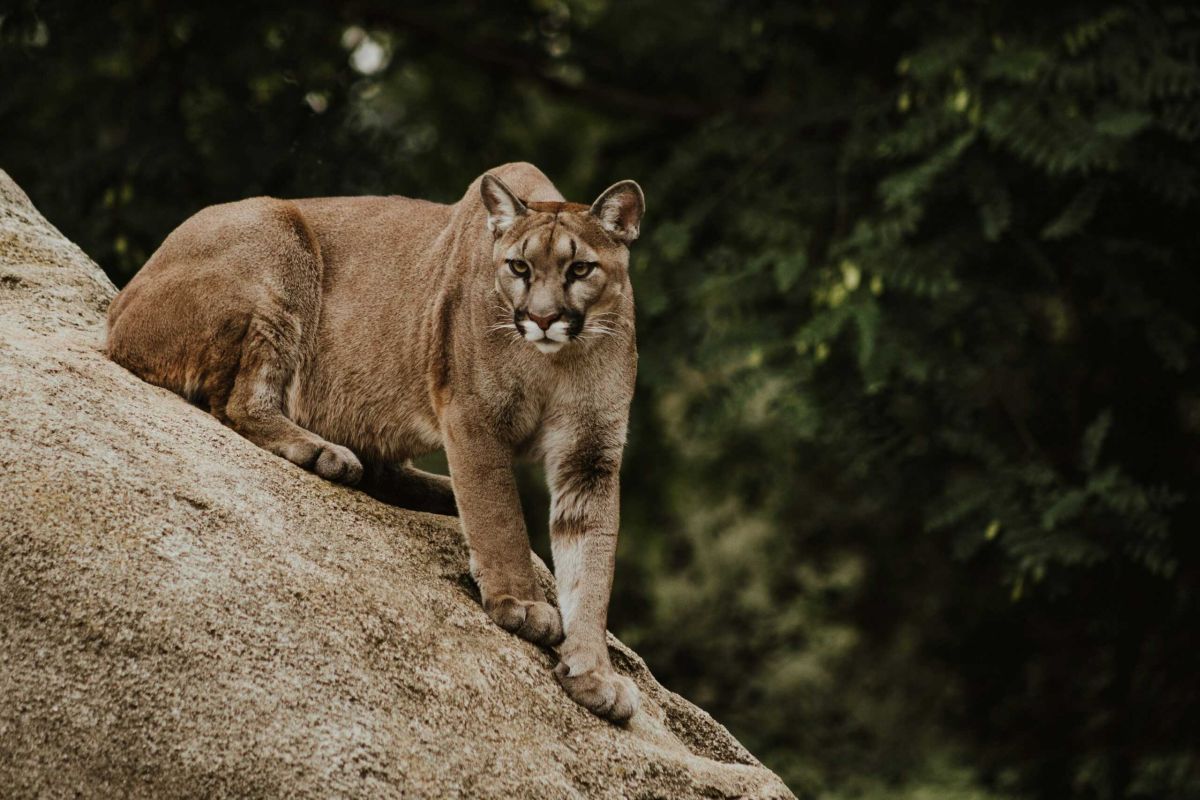Understanding Mountain Lions: The Silent Solitary Predators

Puma concolor, also known as mountain lions, cougars, or pumas, are magnificent creatures that inhabit a variety of ecosystems across North America. From the rugged Rocky Mountains to the dense forests of the Pacific Northwest, these apex predators play a crucial role in maintaining the balance of their natural environments. This post explores the fascinating world of mountain lions, their behavior, habitat, conservation status, and their interactions with humans.
The Majesty of Mountain Lions
Mountain lions are known for their powerful build, agility, and beautiful tawny fur. Adult males can weigh between 140 to 220 pounds, while females typically range from 90 to 140 pounds. One of the most striking features of these cats is their long, muscular tails, which help them maintain balance while maneuvering through their mountainous habitats. With a keen sense of sight, a powerful sense of smell, and strong hearing, mountain lions are expert hunters, often stalking their prey with stealth and precision.
Habitat and Range
Mountain lions are adaptable animals, capable of living in diverse habitats. They can thrive in mountainous regions, forests, deserts, and even suburban areas. Their range extends across much of North America, from Canada to the southern tip of South America, making them the most widely distributed wild cat in the Americas. The species is most commonly found in states such as California, Colorado, and Utah, where they find ample prey and terrain that suits their solitary nature.
Diet and Hunting Strategies
Mountain lions are carnivorous and primarily hunt ungulates (hoofed animals) such as deer, elk, and moose. They are crepuscular hunters, meaning they are most active during dawn and dusk. Their hunting strategies often involve stalking their prey and using a powerful leap to ambush from a distance. Once they’ve successfully captured their dinner, mountain lions use their strong jaws and retractable claws to deliver a fatal bite, often targeting the neck or throat.
Solitary Lifestyle
Unlike many other big cats, mountain lions are solitary animals, preferring to live and hunt alone. Males occupy larger territories than females and will mark their boundaries with urine and scratch marks on trees or rocks to warn other males. Female mountain lions, on the other hand, maintain smaller ranges, especially when raising their young. A typical territory can span anywhere from 50 to 150 square miles, depending on prey availability, habitat quality, and population density.
Reproduction and Life Cycle
Mountain lions mate year-round, but births typically occur from late winter to early spring. After a gestation period of about 90 to 100 days, the female gives birth to a litter of 1 to 6 kittens. The kittens are born blind and rely heavily on their mother for the first few months of life. They begin to accompany her on hunts and learn essential survival skills by the age of 3 to 5 months. At around 18 months, the young mountain lions leave their mother in search of their own territory.
Conservation Status
While mountain lions are abundant in some areas, they face significant challenges in others. Habitat loss due to urban development and fragmentation is one of the greatest threats to their populations. Additionally, hunting and poaching, albeit regulated in many regions, can impact their numbers. Conservation efforts, such as the establishment of wildlife corridors, are crucial to ensure these magnificent animals can roam freely and maintain genetic diversity.
Human-Mountain Lion Interactions
As urban areas expand into mountain lion habitats, encounters between humans and these big cats have become more common. It is essential to educate communities on how to coexist with mountain lions safely. Measures such as securing livestock, keeping pets indoors at night, and avoiding leaving food outside can help reduce potential conflicts. When encountering a mountain lion, it is crucial to remain calm, stand tall, and make noise to scare the animal away rather than running away.
Conclusion
Mountain lions are a vital part of North America’s ecosystems, embodying the wild spirit of the mountains they inhabit. Understanding their behavior, habitat, and role in the ecosystem is crucial for fostering positive human-wildlife interactions and ensuring the conservation of these remarkable predators. By respecting their space and advocating for preservation efforts, we can continue to admire the beauty and majesty of mountain lions in the wild for generations to come.



